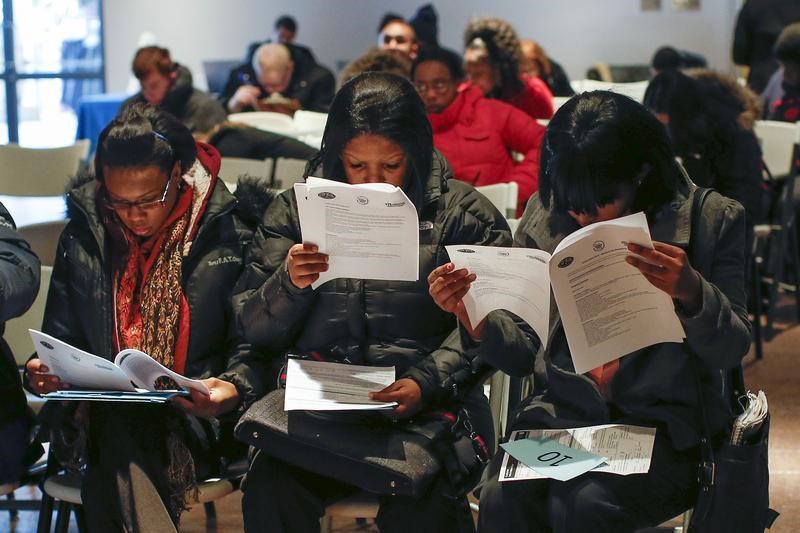IREN proposes $875 million convertible notes offering due 2031
Investing.com -- Canada’s labor market posted a stronger-than-expected performance in June, offering a measure of resilience as geopolitical and trade tensions escalate. The country added 83,000 jobs, driving the employment rate up to 60.9%, while the unemployment rate declined to 6.9%, beating consensus forecasts that had predicted a rise to 7.1%, according to Statistics Canada.
Notably, the bulk of employment gains were part-time positions, which increased by 70,000 (+1.8%), while full-time employment remained mostly flat. The total hours worked rose 0.5% in June and were up 1.6% compared with a year earlier, signaling persistent demand for labor across sectors.
This comes amid a sharp escalation in Canada-U.S. trade tensions, following U.S. President Donald Trump’s announcement of a 35% tariff on Canadian goods, set to take effect August 1. In a letter to Canadian Prime Minister Mark Carney, Trump cited the flow of fentanyl from Canada and alleged unfair trade practices, including steep Canadian dairy tariffs, as justifications for the sweeping duties.
Core-aged workers drove the employment gains, with employment among men aged 25 to 54 rising by 62,000 (+0.8%), and among women of the same age growing by 29,000 (+0.4%). These increases lifted their employment rates to 86.6% and 80.3% respectively, although both figures were largely unchanged year over year.
Sectors contributing most to job growth included wholesale and retail trade, which added 34,000 jobs (+1.1%), and health care and social assistance, where employment increased by 17,000 (+0.6%). Agriculture remained a weak spot, losing 6,000 jobs (-2.6%) in June, while employment in other major industries was flat.
Provincial data showed robust job creation in Alberta (+30,000; +1.2%), Quebec (+23,000; +0.5%), Ontario (+21,000; +0.3%) and Manitoba (+8,500; +1.2%), while employment fell in Newfoundland and Labrador (-3,500; -1.4%) and Nova Scotia (-3,400; -0.6%). Alberta’s gains were predominantly full-time jobs, helping push its unemployment rate down to 6.8%.
Long-term unemployment continued to inch higher, with 21.8% of the unemployed in June having been without work for 27 weeks or more, up from 17.7% a year ago. Overall, 1.6 million Canadians remained unemployed—little changed from May, but up 9% year over year.
Young Canadians faced significant labor market pressure, especially returning students, whose unemployment rate hit 17.4%, the highest for June since 2009 excluding pandemic years. Teenagers were disproportionately affected, with jobless rates among those aged 15 to 16 reaching 27.8%, reflecting a slow start to the summer employment season.
